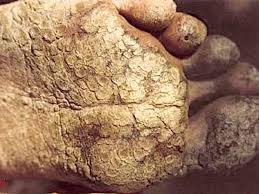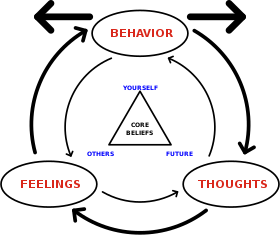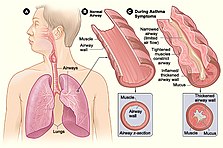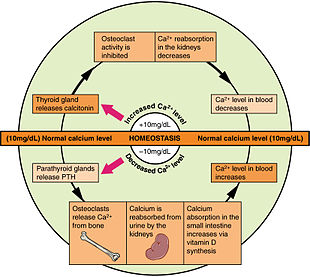 Patient, Physician & Medical Services are most close-related Components of our
Patient, Physician & Medical Services are most close-related Components of our
Life Maintaining Essential Chapters for fighting against for saving LIFE LONGEVITY, Existences, Global based Social Peace, Human Objectives and Total Health Solution of Whole Creation etc.
A physician, medical practitioner (British English), medical doctor, or simply doctor is a health professional who practices medicine, which is concerned with promoting, maintaining or restoring health through the study, diagnosis, prognosis and treatment of disease, injury, and other physical and mental impairments.
A patient is any recipient of health care services that are performed by healthcare professionals. The patient is most often ill or injured and in need of treatment by a physician, nurse, optometrist, dentist, veterinarian, or other health care provider.
The doctor–patient relationship has sometimes been characterized as silencing the voice of patients.[6] It is now widely agreed that putting patients at the centre of healthcare[7] by trying to provide a consistent, informative and respectful service to patients will improve both outcomes and patient satisfaction.[8]
When patients are not at the centre of healthcare, when institutional procedures and targets eclipse local concerns, then patient neglect is possible.[9] Incidents, such as the Stafford Hospital scandal, Winterbourne View hospital abuse scandal and the Veterans Health Administration controversy of 2014 have shown the dangers of prioritizing cost control over the patient experience.[10] Investigations into these and other scandals have recommended that healthcare systems put patient experience at the center, and especially that patients themselves are heard loud and clear within health services.[11]
Medicine is the science[1] and practice[2] of caring for patients, managing the diagnosis, prognosis, prevention, treatment, palliation of their injury or disease, and promoting their health. Medicine encompasses a variety of health care practices evolved to maintain and restore health by the prevention and treatment of illness. Contemporary medicine applies biomedical sciences, biomedical research, genetics, and medical technology to diagnose, treat, and prevent injury and disease, typically through pharmaceuticals or surgery, but also through therapies as diverse as psychotherapy, external splints and traction, medical devices, biologics, and ionizing radiation, amongst others.[3]
Medicine has been practiced since prehistoric times, and for most of this time it was an art (an area of creativity and skill), frequently having connections to the religious and philosophical beliefs of local culture. For example, a medicine man would apply herbs and say prayers for healing, or an ancient philosopher and physician would apply bloodletting according to the theories of humorism. In recent centuries, since the advent of modern science, most medicine has become a combination of art and science (both basic and applied, under the umbrella of medical science). For example, while stitching technique for sutures is an art learned through practice, knowledge of what happens at the cellular and molecular level in the tissues being stitched arises through science.
Prescientific forms of medicine, now known as traditional medicine or folk medicine, remain commonly used in the absence of scientific medicine and are thus called alternative medicine. Alternative treatments outside of scientific medicine with ethical, safety and efficacy concerns are termed quackery.
The medical history is a longitudinal record of what has happened to the patient since birth. It chronicles diseases, major and minor illnesses, as well as growth landmarks. It gives the clinician a feel for what has happened before to the patient. As a result, it may often give clues to current disease state. It includes several subsets detailed below.
Surgical history
The surgical history is a chronicle of surgery performed for the patient. It may have dates of operations, operative reports, and/or the detailed narrative of what the surgeon did.
Obstetric history
The obstetric history lists prior pregnancies and their outcomes. It also includes any complications of these pregnancies.
Medications and medical allergies
The medical record may contain a summary of the patient's current and previous medications as well as any medical allergies.
Family history
The family history lists the health status of immediate family members as well as their causes of death (if known).[19] It may also list diseases common in the family or found only in one sex or the other. It may also include a pedigree chart. It is a valuable asset in predicting some outcomes for the patient.
Social history
The social history is a chronicle of human interactions. It tells of the relationships of the patient, his/her careers and trainings, and religious training. It is helpful for the physician to know what sorts of community support the patient might expect during a major illness. It may explain the behavior of the patient in relation to illness or loss. It may also give clues as to the cause of an illness (e.g. occupational exposure to asbestos).
Habits
Various habits which impact health, such as tobacco use, alcohol intake, exercise, and diet are chronicled, often as part of the social history. This section may also include more intimate details such as sexual habits and sexual orientation.
Immunization history
The history of vaccination is included. Any blood tests proving immunity will also be included in this section.
Growth chart and developmental history
For children and teenagers, charts documenting growth as it compares to other children of the same age is included, so that health-care providers can follow the child's growth over time. Many diseases and social stresses can affect growth, and longitudinal charting can thus provide a clue to underlying illness. Additionally, a child's behavior (such as timing of talking, walking, etc.) as it compares to other children of the same age is documented within the medical record for much the same reasons as growth.




























